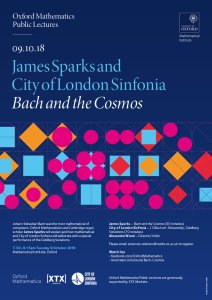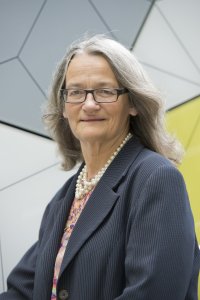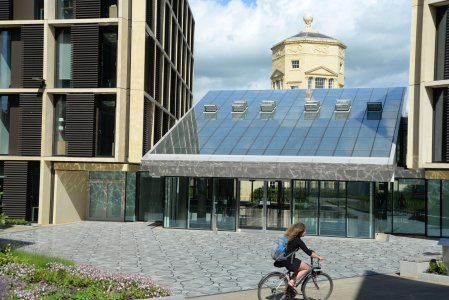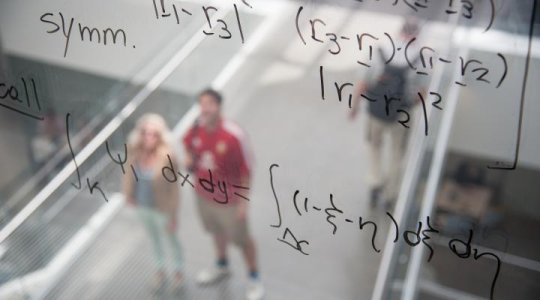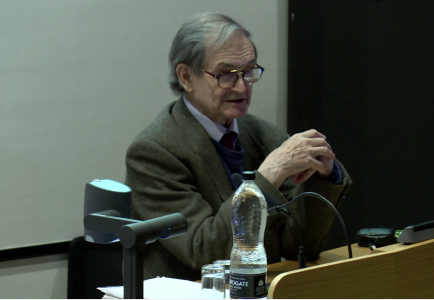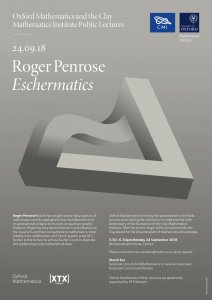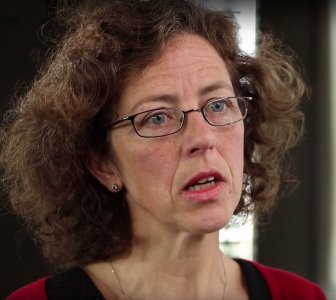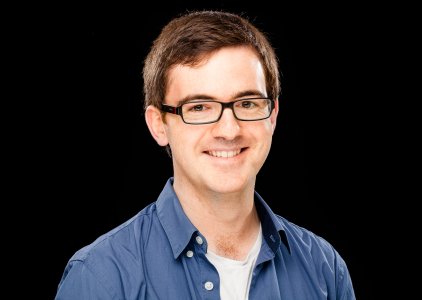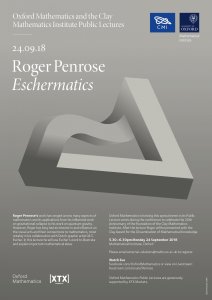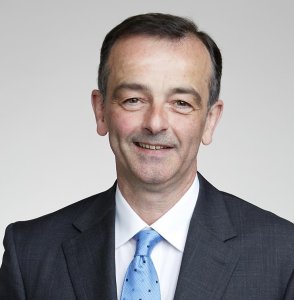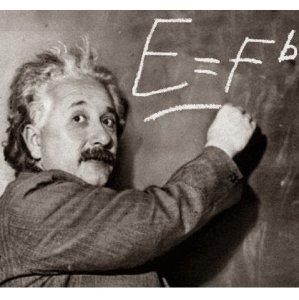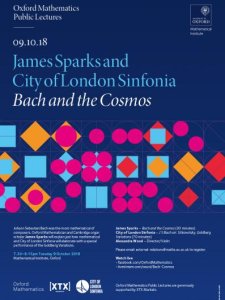As someone who was drawn to mathematics and music from an early age, the connections between the two have always fascinated me. At a fundamental level the elements of music are governed by mathematics. For example, certain combinations of notes sound 'harmonious' because of the mathematical relationship between the frequencies of the notes. Musical harmony, the subdivision of music into bars and beats, the different permutations and combinations of rhythms, and so on, all give music an inherent mathematical structure. In fact just like mathematics, there is even a special notation used to describe that abstract structure. However, I think there are other, perhaps less obvious, connections. In a sense both mathematics and music are constrained, abstract, logical structures, but within these rigid constraints there is enormous freedom for creativity, with an important role played by both symmetry and beauty.
Mathematicians studying the foundations of mathematics are really studying structure, and the relationships between abstract structures. An equation $A=B$ is of course a statement of a relationship, saying that $A$ and $B$ are equivalent, in whatever sense is intended. It is straightforward enough to start writing down true equations, but this isn't what mathematicians do. Mathematicians seek interesting, elegant, or beautiful equations and structures. There is a strong aesthetic input. The way that mathematicians work, especially in the early stages of an idea, is often non-linear and intuitive, with more linear and methodical reasoning coming later. In music a composer often works in exactly the same way, but they do so for similar reasons: in both cases one is simultaneously trying to create and discover interesting and beautiful structures within a constrained system. Once you start to create, the constraints immediately lead to many consequences - sometimes wonderful consequences, but more often not what you are looking for - and one needs to use intuition to guide this simultaneous process of creation and exploration.
For some mathematicians, the connections between mathematical and musical creative processes extend further still. This was particularly true for Albert Einstein. Remarkably, he said the following about Relativity, his geometrical description of space, time and gravity: "The theory of relativity occurred to me by intuition, and music is the driving force behind this intuition. My parents had me study the violin from the time I was six. My new discovery is the result of musical perception.'' I would love to have been able to ask him more about what he meant by this! His wife Elsa once remarked: "Music helps him when he is thinking about his theories. He goes to his study, comes back, strikes a few chords on the piano, jots something down, returns to his study.'' I do the same when I'm working at home and have always regarded it as mere procrastination, but perhaps there's something deeper going on. The aesthetics one is seeking in mathematics and theoretical physics are common also in music. I think Einstein was looking for simplicity, harmony and beauty in his work, and music was for him an inspiration for this.
The notion of beauty in mathematics is hard to make precise, but for me one aspect of it has something to do with finding simplicity and complexity at the same time. By 'simple' here of course we don't mean trivial, but rather something natural and elegant; and the complexity is often initially hidden, to be uncovered by the mathematician. For example, take group theory, which is the study of symmetry in mathematics. The axioms of group theory are extremely simple, but it took hundreds of mathematicians more than a century to understand and classify the basic building blocks of these structures, which include extraordinarily complicated mathematical objects. To paraphrase the mathematician Richard Borcherds, there is no obvious hint that anything like this level of complexity exists, hidden in the initial definition. This is the sort of thing that mathematicians find beautiful. Of course, symmetries and patterns play a central role in both mathematics and music, and this is perhaps another reason why so many people are attracted to both.
The combination of simplicity, complexity, symmetry and beauty in music reaches a pinnacle in the compositions of Johann Sebastian Bach. Much of Bach's music makes use of counterpoint, where independent melodies are woven together. He often builds large, complex musical works, with many such simultaneous melodies, starting from only a small fragment of a theme. Bach then systematically works through different combinations and permutations, much like a mathematician might, making repeated use of symmetry and patterns. Writing music like this involves a great deal of analytical skill, and is very similar to solving a mathematical problem. Starting with a small, simple idea, and creating/discovering a large structure from it is very appealing to mathematicians - it is elegant. It perhaps also inspired Einstein, who was a great admirer of Bach's music. Bach's genius meant that he was able to use this approach to create beautiful music that also has a more abstract mathematical beauty. For me, it's this combination that makes his music so special.
---
James Sparks and City of London Sinfonia - Bach and the Cosmos
9th October, 7.30pm-9.15pm, Mathematical Institute, Oxford, OX2 6GG
--
James Sparks - Bach and the Cosmos (30 minutes)
City of London Sinfonia - J S Bach arr. Sitkovetsky, Goldberg Variations (70 minutes)
Alexandra Wood - Director/Violin
--
Please email @email to register
Watch live:
https://www.facebook.com/OxfordMathematics
https://www.livestream.com/oxuni/Bach-Cosmos
The Oxford Mathematics Public Lectures are generously supported by XTX Markets



